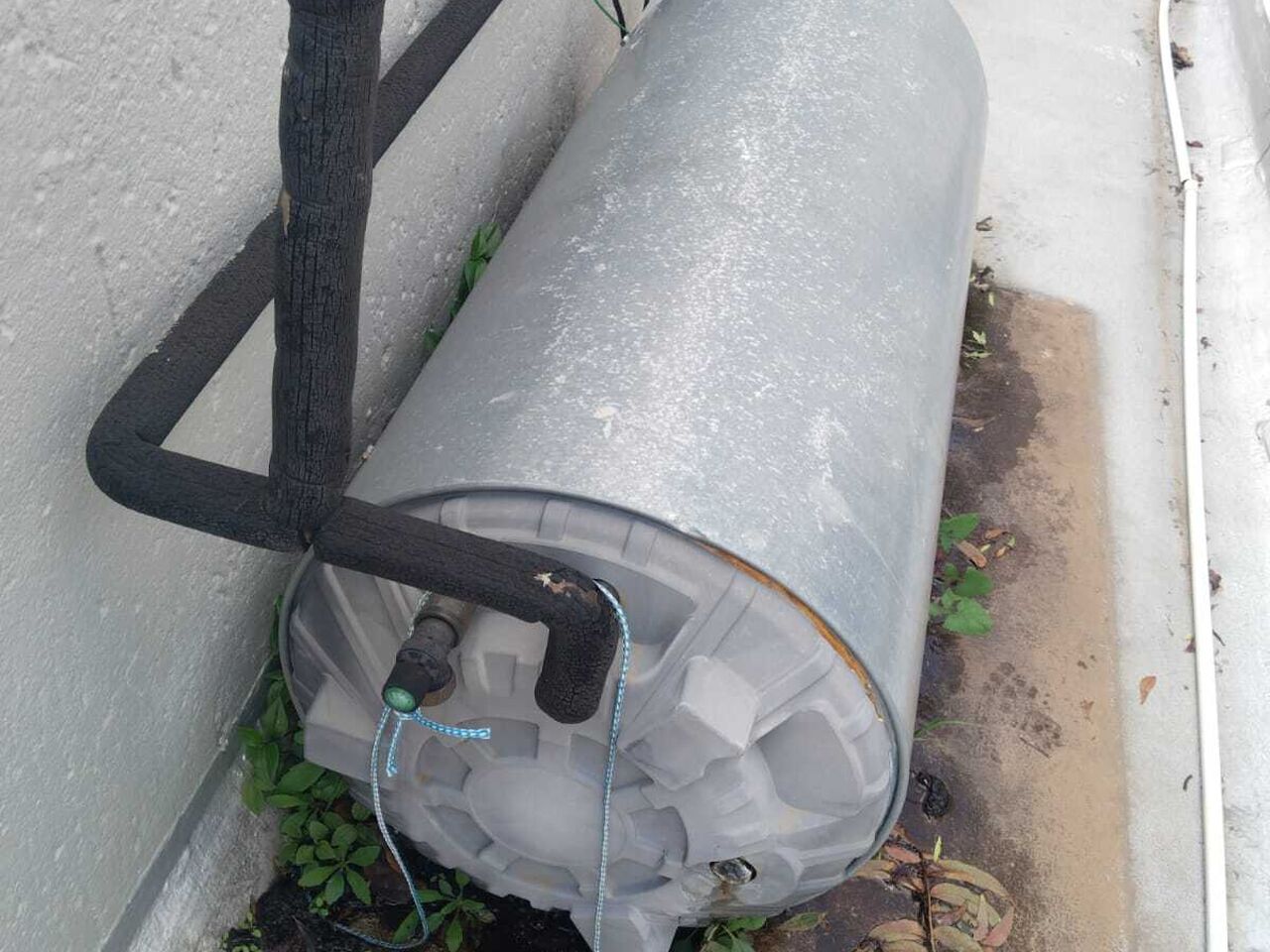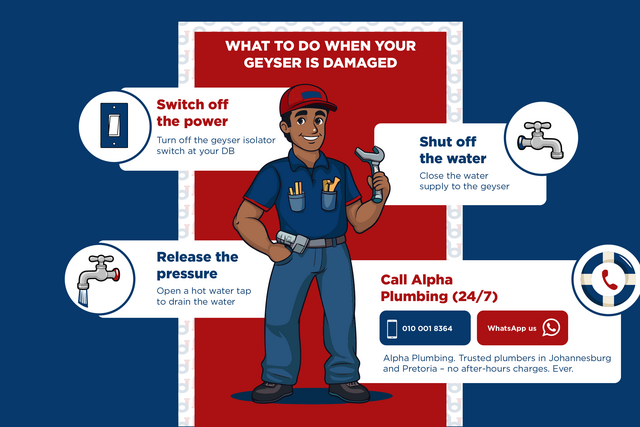Here’s how to prevent a burst geyser during winter

Here’s how to prevent a burst geyser during winter
With many South Africans gearing up for the winter by stocking up on blankets, heaters, and warm clothing, most hardly stop to consider their geysers. Geysers, often tucked away in a cupboard or installed above a ceiling, are left unseen with the expectation that they will give us hot showers and baths reliably in the coming months. Having a geyser burst in the middle of a freezing night, however, is an emergency nobody wants on their hands. By following a few key tips, you can keep your household warm this winter without a hitch.
Why is a Geyser More Likely to Burst During Cold Weather?
Geysers get used more often in winter and will, therefore, endure more wear and tear. During normal usage, a geyser tank will expand and contract when the hot water leaves the tank and cold water comes in. During the winter months, the temperature drops by several degrees, and this makes the cold water coming into the tank even colder. The increased temperature difference between the cold and hot water creates even more expansion and contraction of the tank. This could cause metal fatigue, which means the geyser is more susceptible to malfunctioning and may even burst if the issue is not addressed in time.
5 Ways to Prevent a Burst Geyser
There is no way to guarantee your hot-water system will never burst, but one can take measures to ensure the tank and all its components are in tip-top working order.
- Regular servicing: In many cases, a burst geyser is nobody’s fault – the appliance simply was not maintained regularly, and a problem was difficult to foresee. Geysers usually have a lifespan of five years (or longer when looked after) before they typically start to corrode. It is recommended that homeowners have their geysers serviced every three years by qualified plumbers, such as our expert team at Alpha Plumbing.
- Setting the temperature: The thermostat of the system controls how hot the water in the tank becomes. It ensures that the temperature stays constant, no matter the ambient temperature outside of the tank. A thermostat that is set incorrectly (too high) or regulated badly could be disastrous, especially when steam accumulates and builds pressure in the tank that could lead to an explosion. It is recommended that geysers are set at no higher than 60°C.
- Using a geyser blanket: Fitting the system with a geyser blanket will insulate the tank and reduce heat loss, especially in colder weather. This will reduce the system’s electricity consumption and help you save money.
- Installing a drip tray: In the event of a burst tank, having a drip tray beneath the tank will help. Drip trays have an outlet pipe that will carry away any water that comes out, which protects furnishings, infrastructure, and people.
- Switching off: During peak electricity demands, switching geysers off is helpful, but they must not be left to get too cold. If the water cools down completely, the expansion-contraction cycle in the system is increased and this could reduce the appliance’s lifespan. Warming the water up all over again also uses more electricity.
The last, and most important tip is to have a professional like Alpha Plumbing on speed dial. For a burst geyser, or if your tank’s components are faulty, contact us for our trusted PIRB-qualified plumbers today.
